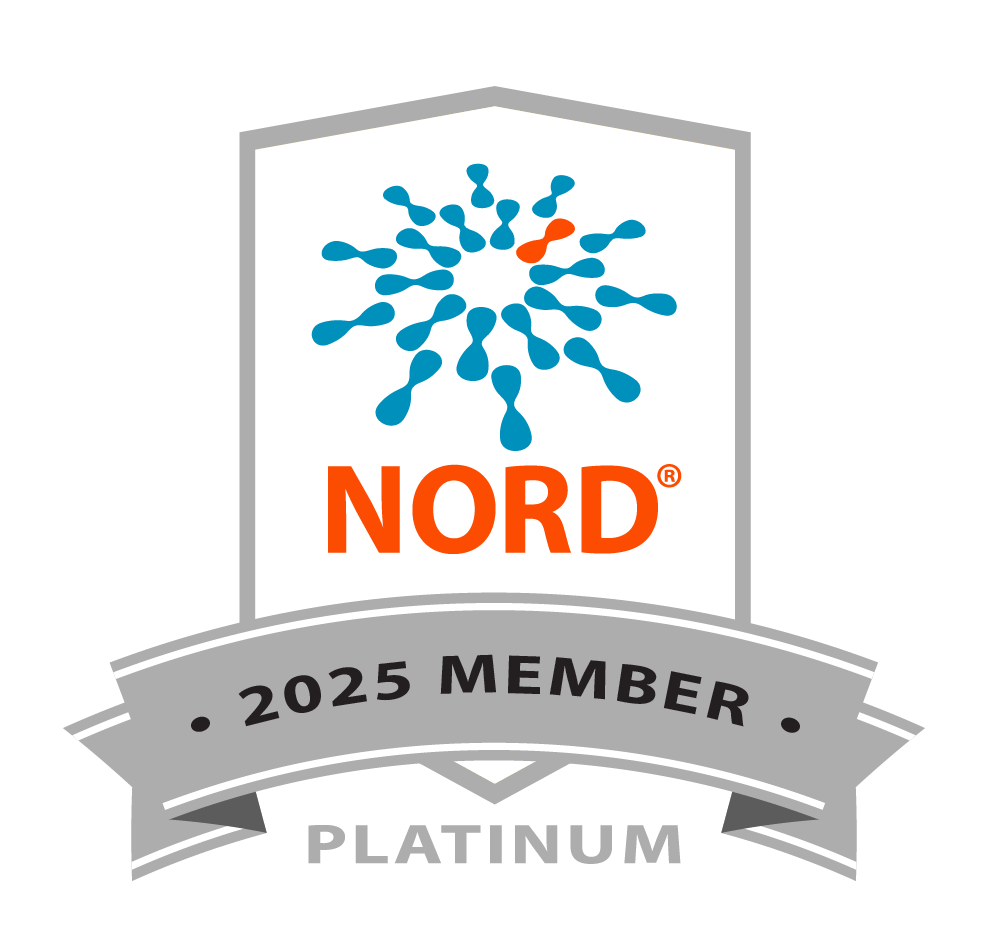Christine Schramm,1 Deborah M. Fine,2 Michelle A. Edwards,1 Maike Krenz1
1Department of Medical Pharmacology & Physiology / Dalton Cardiovascular Research Center and 2Department of Veterinary Medicine and Surgery, University of Missouri-Columbia
Rationale: The identification of mutations in PTPN11 (encoding the protein tyrosine phosphatase Shp2) in families with congenital heart disease has facilitated mechanistic studies of various cardiovascular defects. However, the roles of normal and mutant Shp2 in the developing heart are still poorly understood. We focused our studies on the Q510E mutation in Shp2, which is associated with a particularly severe form of hypertrophic cardiomyopathy in patients. It is still under debate whether patients with this particular mutation rather fall into the Noonan Syndrome or into the LEOPARD Syndrome category since clinical differentiation between these syndromes can be very challenging, in particular in infants. To unravel the underlying disease mechanism of this aggressive mutation, we tested the biochemical characteristics of the Q510E-Shp2 protein and investigated the downstream signaling events triggered by this mutation in a mouse model.
Results: Using purified mouse Q510E-Shp2 protein for biochemical assays, we found that the Q510E mutation nearly completely abolished phosphatase activity of the Shp2 protein. In cultured rat cardiomyocytes expressing both Q510E-Shp2 and normal Shp2, Q510E-Shp2 downregulated signaling through the ERK/MAPK pathway in response to growth factor stimulation. This indicates that Q510E acts as a dominant-negative loss-of-function mutation, thus closely resembling other loss-of-function mutations found in LEOPARD Syndrome families.
To test the effects of Q510E-Shp2 on the whole organ level, we generated transgenic mice with cardiomyocyte-specific expression of this mutation starting either before or after birth. Mice with Q510E-Shp2 expression starting before birth developed early-onset hypertrophic cardiomyopathy. In neonatal mice, we found increased cardiomyocyte sizes, heart-to-body weight ratios, septum thickness, and cardiomyocyte disarray. In young adult mice, this was also accompanied by cardiac fibrosis. Echocardiographically, these hearts showed reduced contractile function and increased wall thicknesses, thus closely resembling the human disease characteristics associated with this mutation. In tissue samples taken from Q510E-Shp2-expressing heart muscle, signaling through the pro-hypertrophic Akt/mTOR pathway was significantly increased. Importantly, inhibition of this pathway with the mTOR inhibitor rapamycin rescued the Q510E-Shp2-induced hypertrophy. In contrast, in a second mouse model in which expression of Q510E-Shp2 started after birth, mice did not develop hypertrophic cardiomyopathy.
Conclusions: 1. The Q510E-Shp2 mutation displays similar biochemical characteristics and induces hypertrophic cardiomyopathy through the Akt/mTOR pathway as recently found with other loss-of-function mutations in Shp2 associated with LEOPARD Syndrome. Therefore, our data support the classification of Q510E-Shp2 as a LEOPARD Syndrome mutation. 2. Cardiomyocyte-specific expression of Q510E-Shp2 is sufficient to induce hypertrophic cardiomyopathy in mice, indicating that the cardiomyocytes themselves are responsible for driving the phenotype. However, a supporting role for cardiac fibroblasts in the disease process can not be excluded at this time. 3. The time window of Q510E-Shp2 expression is critical for triggering disease. Only expression of Q510E-Shp2 during heart development, but not starting after birth, induces hypertrophic cardiomyopathy in mice. 4. However, rapamycin treatment started after birth can still reverse the phenotype, which may have important therapeutic implications for patients carrying the Q510E-Shp2 mutation.




